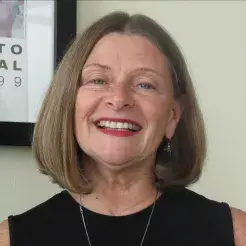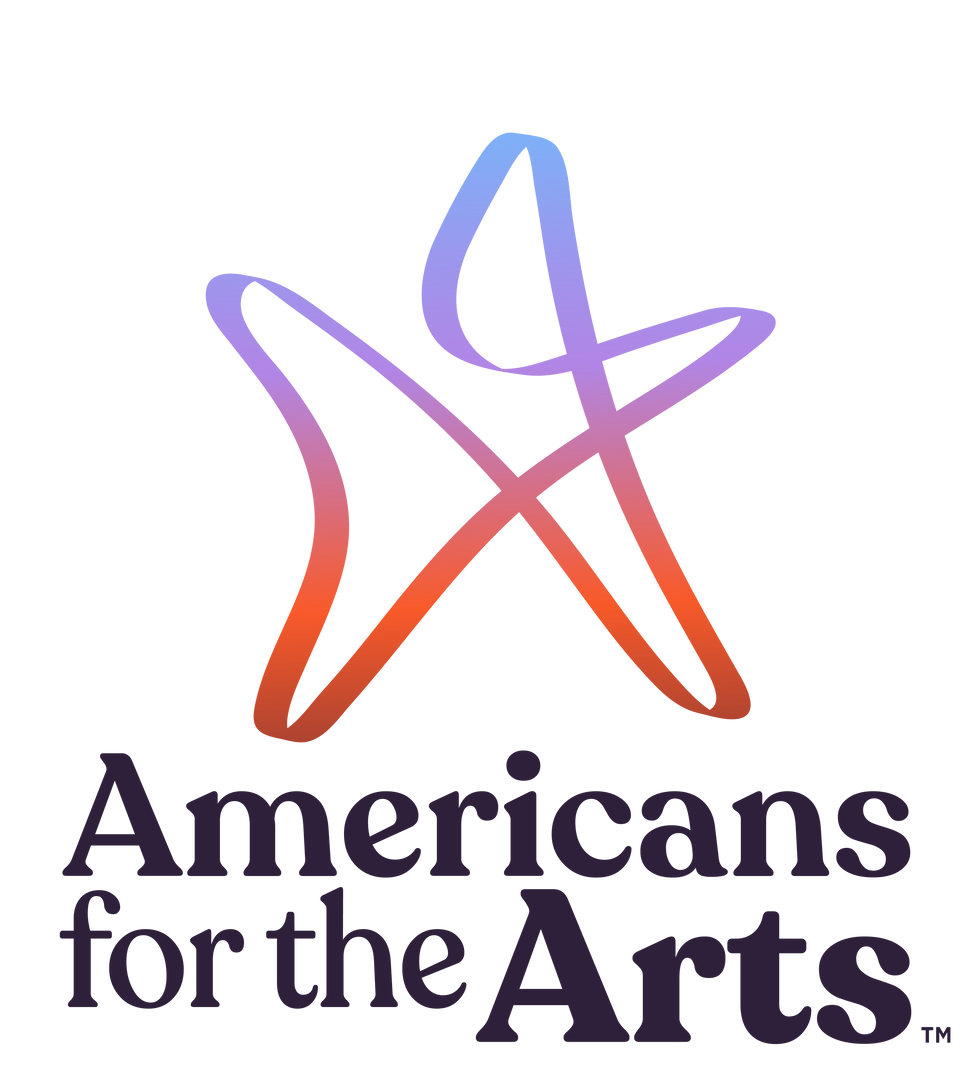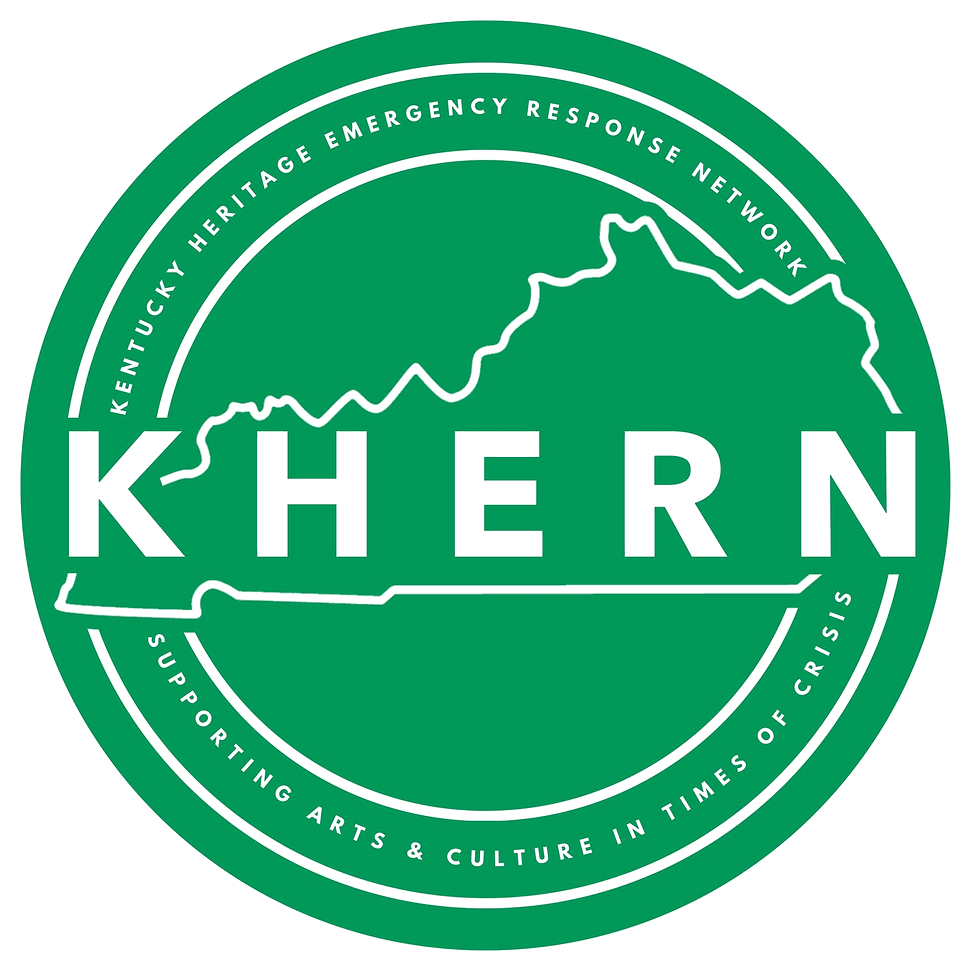20 Years After Katrina: How the Arts Continue to Lead in Disaster Recovery
- kristen155
- Aug 25
- 6 min read
Updated: Aug 28

This week marks the 20th anniversary of Hurricane Katrina making landfall in Louisiana, creating unimaginable devastation in Florida, Louisiana, Mississippi and beyond. It was followed by Hurricane Rita less than a month later. Combined, these storms upturned the lives of artists, culture bearers and artsworkers throughout the Southeast. Then, and since, local arts agencies have been critical arts responders and key players in rebuilding and rejuvenating communities, often in partnership with state arts agencies, emergency management and local funders. This guest article from Americans for the Arts and the National Endowment for the Arts shines a light on the work of LAAs.
This blog post was authored by Eleanor Billington, National Endowment for the Arts, and Mital Lyons-Warren, Americans for the Arts.
Local Arts Agencies Lead the Way
Arts Asheville: Rapid Relief for Arts & Culture
Local arts agency, ArtsAVL, immediately responded to the needs of the many artists living in
western North Carolina following Hurricane Helene in 2024. The storm completely disrupted the peak tourism season in Buncombe and surrounding counties, and artists needed direct economic support to help them pivot to online sales and keep their businesses open. ArtsAVL designed and launched two relief programs in rapid succession: an individual Artist Relief Grant followed by an Arts Business Relief Grant for arts and culture organizations. Not only did these programs help direct funds to individuals and organizations at a critical moment, but they also provided hope and support for creative workers who often struggle to navigate federal funding systems post disaster.
Houston Arts Alliance: A Steady Hand in the Storm
The Houston Arts Alliance (HAA) has built a dedicated year-round disaster services program to support the city’s rich tapestry of cultural communities.
Their work goes beyond crisis response; it’s about education, capacity building, and weaving connections that turn isolated organizations into networks of mutual aid. They help artists and arts organizations navigate federal and state resources, offer critical guidance on recovery processes, and foster community resilience so that culture can continue to thrive, even in difficult times.
Kentucky’s KHERN: Emerging From Crisis with Cultural Preparedness
When tornadoes and floods battered Kentucky’s communities in 2021 and 2022, the newly formed Kentucky Heritage Emergency Response Network (KHERN) stepped forward as a lifeline for the state’s local arts and culture sector. Born out of urgent need, KHERN serves to support artists and cultural organizations during crisis, but also, critically, to prepare them before disaster hits.
KHERN is building bridges across the state’s local cultural heritage institutions, fostering relationships that strengthen collective readiness. They offer training and resources that empower organizations to protect their collections, secure their assets, and develop emergency plans. Their work is a reminder that cultural preservation isn’t only about history it’s about the community’s ongoing identity and resilience.
Maui County Public Art Partnership: Pictures of Hope

In response to the 2023 Maui wildfires, Maui County’s Office of Satellite Recovery partnered with the Maui Public Art Corps to support a special exhibition titled “Maui Strong: Art for Hope.” The exhibition featured new artwork created by Hawaiʻi artists that was directly inspired by the 2023 “Maui Strong” artwork installation, a 1,000-foot barrier fence positioned along a perimeter of the Lahaina burn zone showcasing colorful messages of strength and resilience by 600 Maui students. The resulting collection of 11 super-sized artworks highlighted the artistic achievements of both students and professionals, and most importantly conveyed a message of hope and provided a space for community members to gather, mourn, and hope.
Miami’s Arts Ecosystem: Collaborating for Resilience
The Miami-Dade Department of Cultural Affairs exemplifies how local government, artists, museums, libraries, and emergency responders can come together to prepare for, respond to, and innovate through emergencies.
One example is the Arts Resilient 305 initiative, a partnership with the County’s Office of Resilience that channels resources into community planning, grants, and public education. Through these partnerships, artists become active agents in crafting solutions tailored to local realities, helping Miami’s diverse cultural landscape not just survive but adapt and grow stronger.
VACDaRN in Vermont: Building Networks for Cultural Recovery

Similarly, the Vermont Arts & Cultural Disaster and Resilience Network (VACDaRN) brings together cultural institutions, emergency managers, and artists to foster a shared culture of preparedness and rapid response.
Their training programs and resource sharing create a community where arts organizations are not left to face emergencies alone. Instead, they become part of a coordinated ecosystem—ready to respond, recover, and even innovate amid crises.
For arts and culture resources related to Disaster Readiness & Recovery, visit arts.gov and https://www.americansforthearts.org/disaster-preparedness
Honoring Susie Surkamer’s Legacy in Arts Leadership

NCAPER raises a glass to one of our Steering Committee members and driving force behind our success, Susie Surkamer. Susie is retiring from a long and impactful career as an arts leader. Her long service has been capped by her 13-year tenure as President/CEO of South Arts. We are particularly grateful for her long and persistent view of the importance of preparedness in the arts sector, which was prompted by the devastation of Hurricane Hugo in her adopted home state of South Carolina in 1989. Then the Executive Director of the South Carolina Arts Commission, Susie was an early “arts responder,” supporting response and recovery efforts. The damage to the South Carolina arts community affected Susie at a visceral level, and the mention of Hurricane Hugo moves her to this day.
At that time, she was a South Arts Board member, and recognized the vulnerabilities of the entire Southeast region to hurricanes and extreme weather events. Her experience and perspective were key when South Arts responded to the twin catastrophes of Hurricanes Katrina and Rita in 2005, devastating communities throughout the Gulf Coast. The arts and cultural losses, and the huge gaps in the response system through which artists and arts organizations fell, led to the creation of NCAPER in 2006. Susie was a champion of this coalition since day one, and when she joined South Arts as chief executive in 2012, Susie continued the organization’s commitment to NCAPER and South Arts’ ArtsReady initiative, bringing readiness planning resources to the arts community throughout the country. She has been a leading voice for NCAPER and its purpose with funders, arts service organizations, her colleagues in the state arts agency and regional arts organizations networks, leaders of individual arts organizations, and anyone (and everyone) else who cares about the lives and work of artists and arts organizations. It’s not exaggerating to say that without Susie, NCAPER would not be still operating, thriving and ready to celebrate our 20th anniversary. Thank you, Susie! Your role as a champion for preparedness, and supporting one another when crisis hits, has changed the field for the better.
NCAPER’s retired Executive Director Jan Newcomb recalls, “I first met Susie in 1971, when we were both graduate students at GWU studying modern dance, and I have been fortunate to work alongside her since then, first at the South Carolina Arts Commission and later on the steering committee of NCAPER. Susie’s remarkable tenacity and vision in advancing preparedness in the arts sector has been unwavering, sparked by her experience after Hurricane Hugo devastated the Lowcountry of South Carolina. She turned that hard-earned wisdom into a national movement through NCAPER, ensuring that artists and organizations would never again face disaster unprepared. I’ll never forget when, in the early 2000s, a car crashed into my office while I was directing The Arts in Corning, NY, Susie was the first one to call, and with her trademark mix of practicality and compassion, suggested I serve as a ‘poster child’ for readiness. That story is quintessential Susie: caring, strategic, and always thinking ahead. Her leadership has left an indelible mark on our field, and I celebrate her extraordinary career and legacy.”
As she prepares to retire, Susie offered a heartfelt reflection on NCAPER’s journey and the community it has built, "When I reflect on the journey since NCAPER started in 2006, I’m reminded of the urgency we all felt after Hurricane Katrina — and the hope that came from banding together. The arts have always been a wellspring of resilience, but building true preparedness has required the trust, dedication, and generosity of so many colleagues and friends. Working side by side to help our sector face emergencies has been one of the great honors of my life. As I step into retirement, I carry such gratitude for the community we’ve built. My wish is that we keep showing up for each other, so the creativity and spirit of the arts can withstand any storm."
The Bay Area Arts Readiness Network in Action

The BAARN team convened three focus groups this month, gathering artists and arts workers at the Richmond Art Center, CreaTV San Jose, and BAM House in Oakland. Participants generously shared their personal experiences with emergencies and disasters (and their opinions about what these terms mean), from earthquakes and tsunami warnings, to COVID-19 and deferred facility maintenance, and from financial emergencies to ICE raids.

We heard their recommendations about what will help them be more prepared for unexpected events and interruptions so that, in the words of a participant, they won’t be frozen in a “deer in the headlights” situation.
The results of these listening sessions, and a follow
up survey to launch next month across the entire Bay Area, will be used to develop content for upcoming webinars and live workshops which will start in late 2025.

We’re grateful to our host organizations and everyone who participated! If you’d like to get involved in BAARN or receive regular updates, sign up here.










Comments